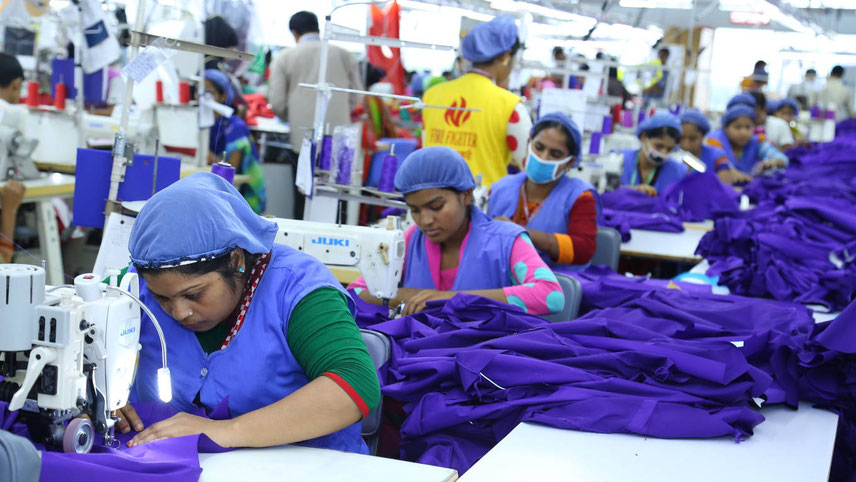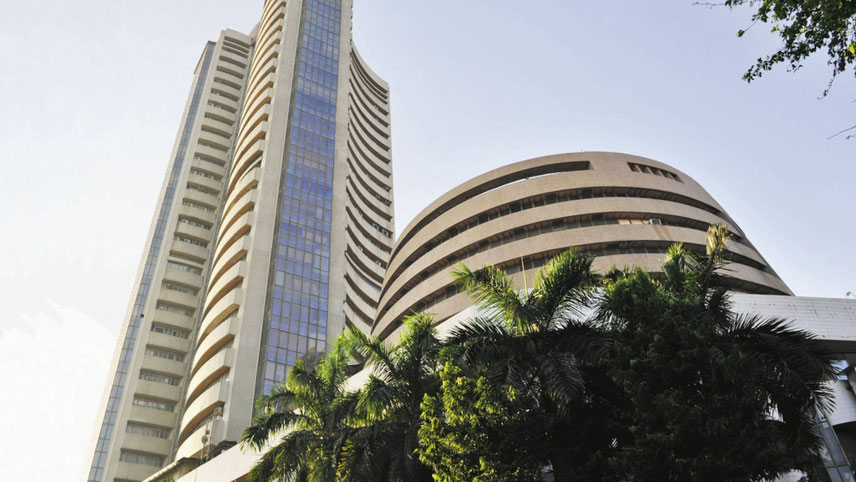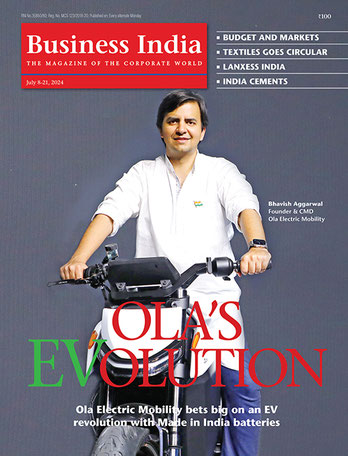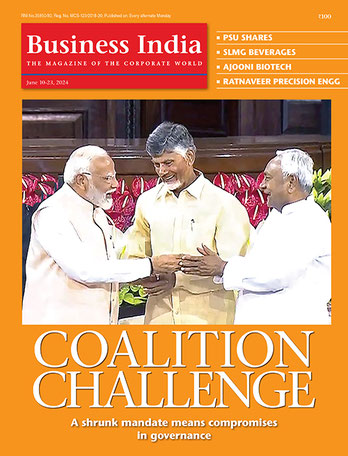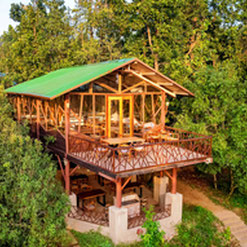-
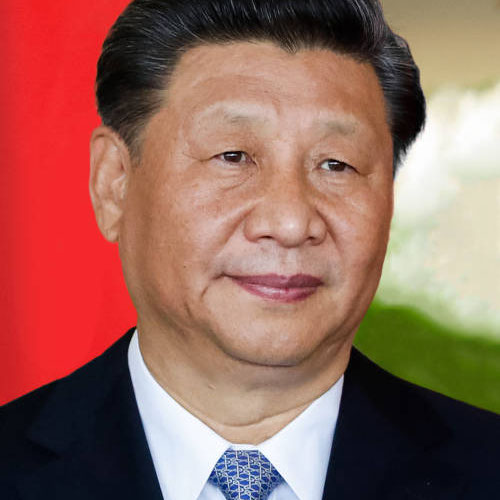
Xi: flexing trade muscles
But while India sees potential in Bangladesh, it continues to treat Nepal like its colony even though there is so much in common between the two countries. The countries share deep social, cultural, strategic, political, and economic ties that have been forged over many centuries. But the economic bonds between the two countries have failed to keep pace with India’s modernisation and growth.
Take the investments coming into Nepal. While India focused on engaging Nepal through bilateral and government-to-government investments, China, on the other hand, enabled its firms to connect directly with the people of Nepal. Almost 2,000 small Chinese firms have found local partners and invested in wide range of enterprises across sectors. There is an Eminent Persons Group report which seeks to recast various aspects of our bilateral ties but it is typically gathering dust.
India-Pak stalemate
Ties between India and Pakistan are currently at an all-time low following a string of high-profile terror attacks that were all blamed on Pakistan-based terror groups. India has said that terrorism and talks cannot go together. Pakistan of course has a different take on the subject. Imran Khan says that the whole of South Asia is hostage to the issue of Kashmir and Islamabad’s overtures for peace were mistaken by New Delhi as a sign of weakness. Bilateral ties have been in a freeze.
As a Centre for Policy Research report argues, a continuing freeze in relations with Pakistan will “enhance India’s external vulnerability to other actors, in particular, China”. Since India-Pakistan relations will remain adversarial for the foreseeable future, its effective management should be New Delhi’s main objective, which in turn requires, among other things, fostering economic and trade relations. But who will bell the cat?
Shyam Saran, former foreign secretary, feels that with China intruding into the subcontinent with its larger resources, India has to make a greater commitment towards realising a densely interconnected and economically integrated subcontinent with India as its engine of growth. India has assets in terms of cultural affinity, proximity and ability to provide public goods, which China cannot match. “Pakistan will eventually have to be part of this project. Its co-option into a Chinese-dominated Central Asian system is not in India’s long-term interest,” he argues.
China, Pakistan and now Afghanistan are three nations in India’s neighbourhood that are now sore spots in its foreign policy canvas. The developments in Afghanistan caught New Delhi napping even though it was clear since the second term of US President Barack Obama that American forces would be withdrawn from the war-torn country. Of course, there was a gap between the US-led negotiations [with the Taliban] in Doha and how the situation then unfolded on the ground. As a proximate neighbour, India’s role in Afghanistan is now reduced to calling for a more inclusive government and counter-terrorism measures.
There are other developments as well which India has to factor into its strategic calculus. These developments which have impacted Bhutan, Sri Lanka and the Maldives, all strategically-located neighbours, underline China's increasing inroads into the region. Indeed, China has emerged as the elephant in the room. Even a traditional friend of India like Bhutan is now talking to China. The two countries recently inked an agreement “Bhutan-China Boundary Negotiations” to sort out the irritants in their 400-km border.
-
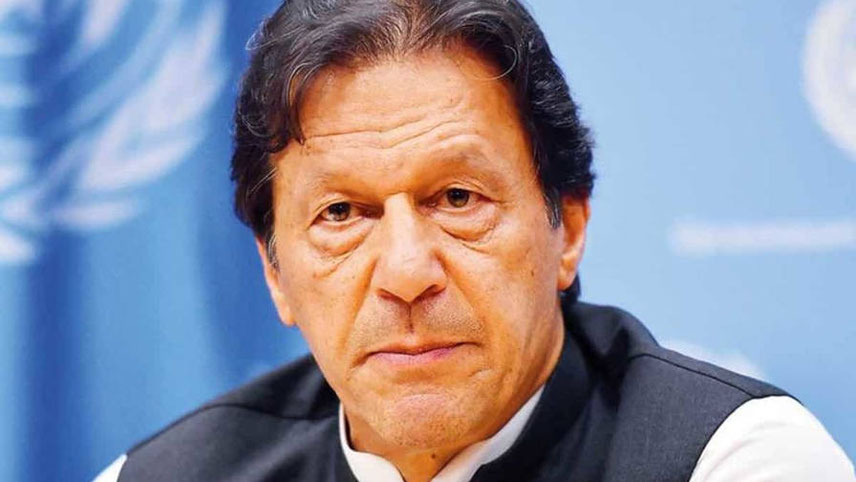
Imran: ties have been in a freeze
Bhutan, China talking
Till now, India is Bhutan’s principal aid donor and its five-year economic plans have been largely financed by India. India assisted Bhutan during the Doklam military crisis. But the number of Chinese tourists in Bhutan is swelling and they are now only second to Indian visitors. China is also exporting cement, machinery, electrical appliances etc. and has emerged as the third biggest exporter to the tiny Himalayan nation. It has enhanced religious, cultural and sports ties and is also offering numerous scholarships to Bhutanese students.
China has left no stone unturned to woo these two close neighbours of India that straddle vital sea lanes in the Indian Ocean, namely Sri Lanka and the Maldives. Unlike India, both have joined Beijing’s BRI, adding to New Delhi's anxieties.
In the Maldives, the release of China-leaning former president Abdullah Yameen from house arrest on 30 November after being acquitted of money laundering and embezzlement charges by the country's Supreme Court is being watched with concern. He was in prison after losing his bid to be re-elected as president and later under house arrest since his November 2019 conviction.
As the country's president from 2013 to 2018, Yameen had given India much cause for grief with his government was locked in a tight clinch with China. He has now launched an “India Out” campaign against “Indian boots on the ground” in the Indian Ocean archipelago (even as the administration denies any Indian military presence). With presidential polls in the archipelago just two years away, the possibility of Yameen running for the post cannot be ruled out.
Colombo in a bind
China has been arm-twisting Sri Lanka. Recently, the Chinese embassy in Colombo announced it was suspending the project for solar power plants on three of the country's northern islands. The move was linked to the visit of Sri Lankan finance minister Basil Rajapaksa to New Delhi to seek more financial assistance for his country, which is now in dire economic straits. Basil is the younger brother of Gotabaya and Mahinda Rajapaksa, the country's president and prime minister, respectively.
Colombo's outreach to New Delhi was driven by the rough time it has been having with Beijing after it decided to return what it said was “contaminated” fertiliser supplied by China. After failing to coerce Sri Lanka to accept the consignment, an angry China has now dragged Sri Lanka into international arbitration to resolve the dispute.
-
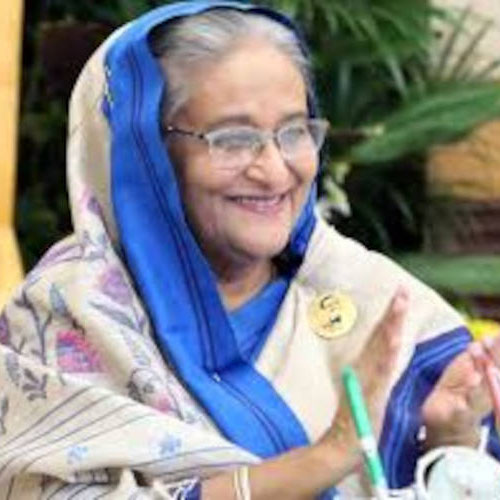
BIMSTEC has the potential to move us all to our common goals
Sheikh Hasina, PM of Bangladesh
In New Delhi, Basil met a host of Central ministers and returned to Colombo with assurances from New Delhi that it would help his country with lines of credit for food, medicines and fuel purchases as well as a currency swap arrangement it has been seeking for long. In turn, New Delhi reportedly extracted assurances from Colombo about one of its long-pending demands – the go-ahead to modernise the World War II-era oil tanks farms in Trincomalee and facilitation of Indian investments in Sri Lanka.
The squeeze that Sri Lanka is facing became evident recently when the Adani Group bagged the West Container Terminal in Colombo Port. Sri Lanka, as a balancing ploy, went ahead and awarded the engineering, procurement and construction (EPC) contract for developing the East Container Terminal to a Chinese company.
But it is Bangladesh which is emerging as the lynchpin of India’s geopolitical strategy. Thus, the BIMSTEC (or The Bay of Bengal Initiative for Multi-Sectoral Technical and Economic Cooperation) forum is increasingly assuming a critical role for the foreign policy of both India and Bangladesh, certainly over SAARC, even though the latter was founded in 1985 as an initiative of Dhaka, to promote regional cooperation and trade.
That India had largely lost interest in SAARC was apparent during the BRICS summit of 2016, when leaders of BIMSTEC nations were invited to Goa for the outreach summit with the heads of Brazil, Russia, India, China and South Africa (BRICS). For his swearing-in ceremony in 2014, Modi had invited leaders of all SAARC countries including Pakistan. In 2019, it was BIMSTEC leaders who were the invited guests.
The member countries of BIMSTEC, Bangladesh, Bhutan, India, Myanmar, Nepal, Sri Lanka and Thailand, have economies with strong complementarities. The grouping also excludes Pakistan which sends out a clear signal.
The Bay of Bengal is the world’s largest bay. Over a fifth (22 per cent) of the world’s population lives in the seven countries around it, which have a combined GDP of close to $2.7 trillion. The region has vast untapped natural resources, and a fourth of the world’s traded goods cross the bay every year. Two BIMSTEC nations, Thailand and Myanmar, are also part of ASEAN, and the Bay of Bengal grouping forms a bridge between South Asia and Southeast Asia.
Moreover, the Bay of Bengal, a funnel to the Malacca straits, has emerged as a key theatre for an increasingly assertive China, which is keen to ensure its access to the Indian Ocean remains unimpeded. Beijing has undertaken a massive drive to finance and develop infrastructure in South and Southeast Asia through the BRI in almost all BIMSTEC countries, except India and Bhutan.
-

BIMSTEC countries have stood by each other under trying circumstances like cyclones, tsunamis, earthquakes and floods
Rajnath Singh, Defence Minister
Excluding Pakistan
In seeking to recast the BIMSTEC into a more effective grouping, Bangladesh has emerged as a ready partner. Dhaka is pushing New Delhi to move beyond bilateralism and “work closely in furthering relevant regional/sub-regional cooperation processes.” Bangladesh Prime Minister Sheikh Hasina has time and again reiterated her government’s total commitment to the idea of BIMSTEC, pointing out that “it has the potential to move us all to our common goals.”
Jaishankar is on record that India sees Bangladesh as a key neighbour and a valued partner not only in South Asia but also in the broader Indo-Pacific region.” Every outcome and achievement in our relationship resonates through this region,” he says. That would be too sweeping a generalisation. There are elements in Bangladesh who are arraigned against India. Modi’s last visit to Dhaka had even sparked deadly protests.
But handled carefully and keeping the regional aspirations and sensitivities of all its partners in mind, BIMSTEC can be the lynchpin of our Neighbourhood First and Act East policies. Such a strategy will spur our economic growth and also be an effective counter to China as it steps up submarine/ship movements in the Indian Ocean.



















